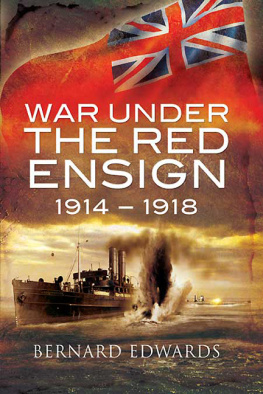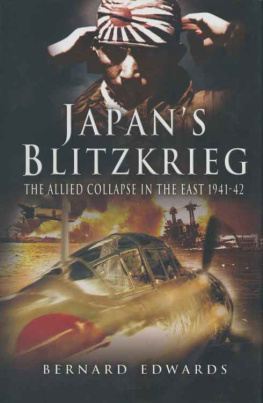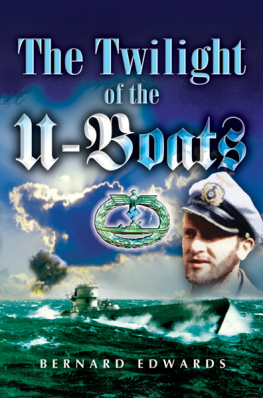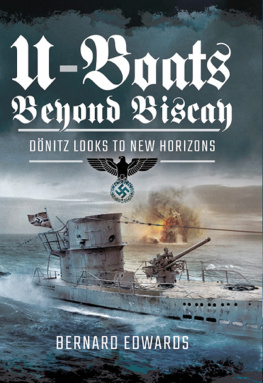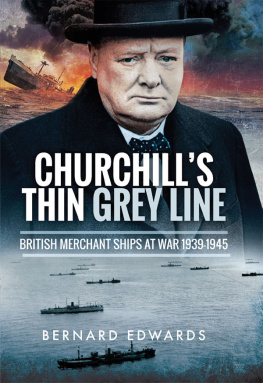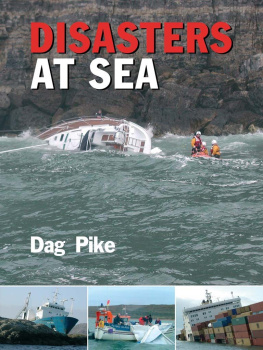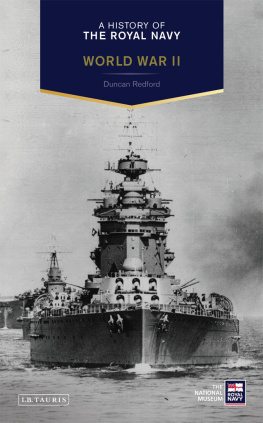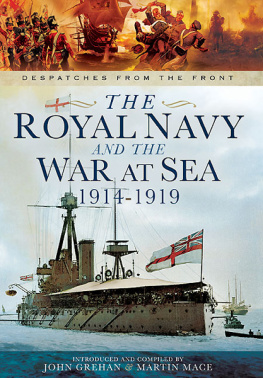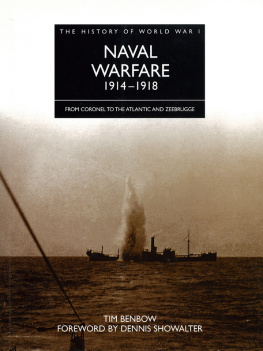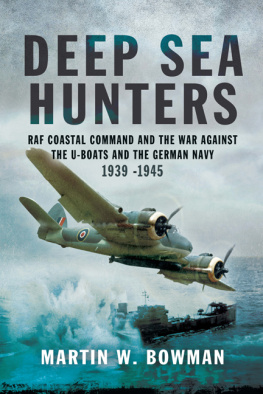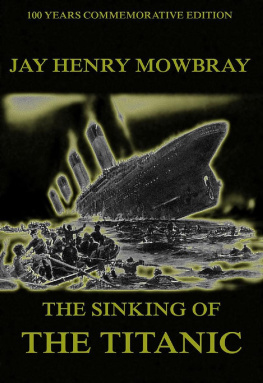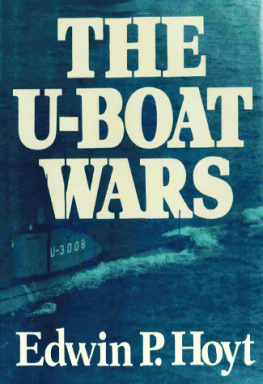

First published in Great Britain in 2010 by
PEN & SWORD MARITIME
an imprint of
Pen & Sword Books Limited
47 Church Street
Barnsley
S. Yorkshire S70 2AS
Copyright Bernard Edwards, 2010
ISBN 978 1 84884 229 8
eISBN 9781844684861
The right of Bernard Edwards to be identified as Author of this Work has been asserted by him in accordance with the Copyright, Designs and Patents Act 1988.
A CIP catalogue record for this book is available from the British Library
All rights reserved. No part of this book may be reproduced or transmitted in any form or by any means, electronic or mechanical including photocopying, recording or by any information storage and retrieval system, without permission from the Publisher in writing.
Typeset in Ehrhardt by S L Menzies-Earl
Printed and bound in England
by CPI
Pen & Sword Books Ltd incorporates the imprints of
Pen & Sword Aviation, Pen & Sword Maritime,
Pen & Sword Military, Wharncliffe Local History, Pen & Sword Select,
Pen & Sword Military Classics, Leo Cooper, Remember When,
Seaforth Publishing and Frontline Publishing
For a complete list of Pen & Sword titles please contact:
PEN & SWORD BOOKS LIMITED
47 Church Street, Barnsley, South Yorkshire, S70 2AS, England.
Email: enquiries@pen-and-sword.co.uk
Website: www.pen-and-sword.co.uk

Memorial to Captain Charles Fryatt at Liverpool Street Station. ( Wikipedi )

Otto Weddigen (centre) with the crew of U9 . ( Bundesarchiv )

Falabas lifeboats approaching rescue ship. ( Colliers Photographic )

Wreck of the Brussels in Zeebrugge harbour. Captain Fryatt inset. ( Postcard )

The Glitra was the first merchant ship to be sunk by a U-boat. ( Source unknown )

The raider Mwe sinks the Clan Mactavish . ( The Great World War )

The collier Thordis , which retaliated by ramming U6 when attacked. ( Amalgamated Press )
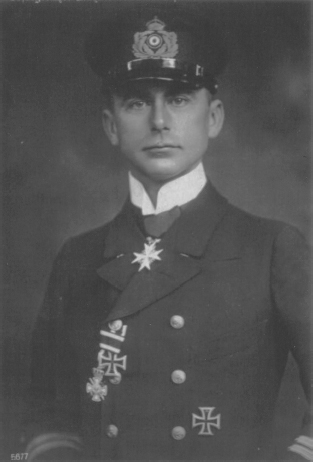
Kapitnleutnant Walther Forstmann, who in U-39 failed to sink the Anglo-Californian . ( Axis Biographical Research )
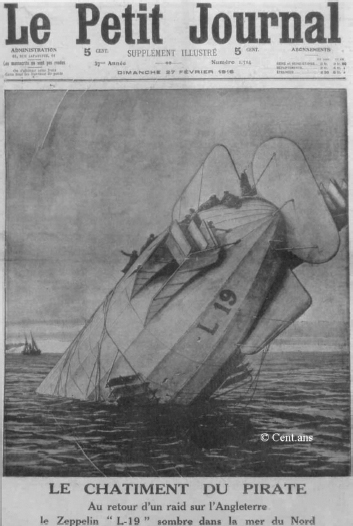
Zeppelin L-19 down in the North Sea. Trawler King Stephen approaching. ( Le Petit Journal )
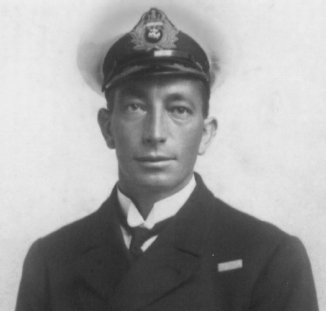
Lieutenant Commander W.E. Sanders, VC, DSO, RNR, commander of the Q-ship Prize . ( Royal Navy Q Ships )
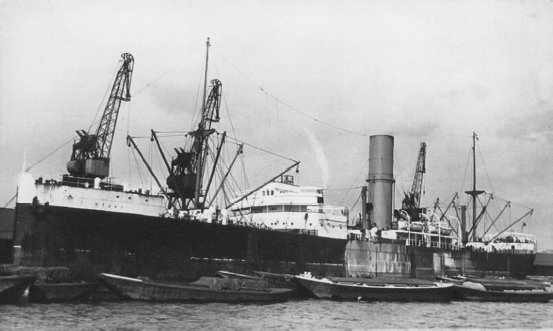
New Zealand Shipping Companys Otaki (Captain Archibald Bisset-Smith, VC). ( Old Ship Picture Galleries )
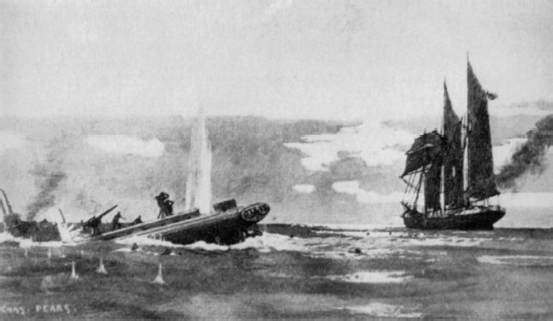
The Q-ship Prize turns the tables on U-93 . ( W.E. Sanders Archive )

The Falaba sinks while her attacker, U-28 , looks on. ( The Nations at War )
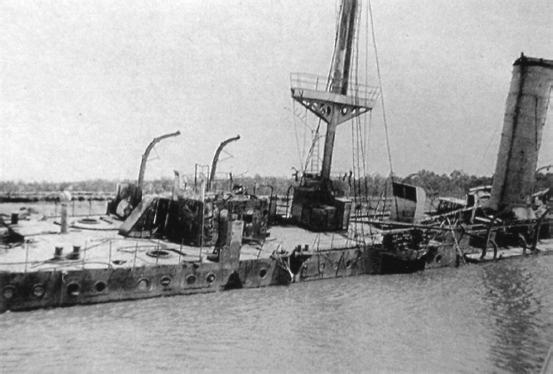
The wreck of SMS Koenigsberg in the Rufiji River, August 1915. ( Der Weltkrieg 1914-18 )
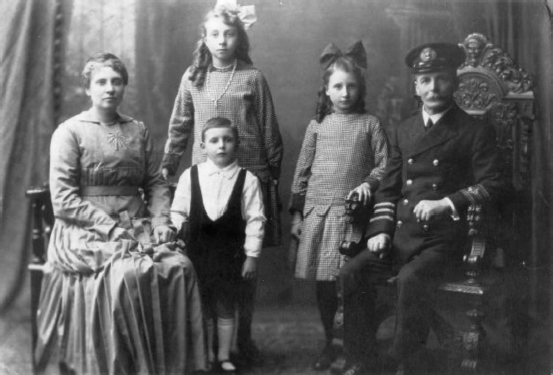
Chief Officer Samuel Hitchin of the Highland Brae with family. ( Mark Hitchin )
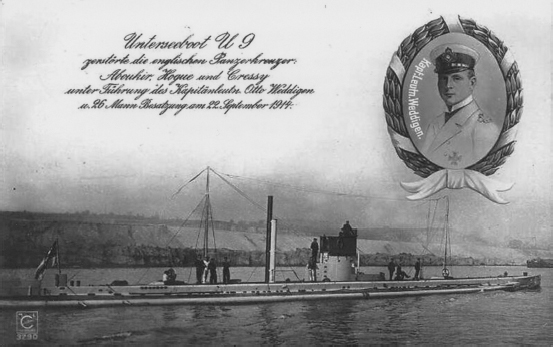
U-9 , which sank the British cruisers Aboukir , Hogue and Cressy . Otto Weddigen inset. ( Postcard )
No cross marks the place where now we lie,
What happened is known but to us.
You asked, and we gave our lives to protect
Our land from the enemy curse.
No Flanders Field where poppies blow;
No Gleaming Crosses, row on row;
No Unnamed Tomb for all to see
And pause and wonder who we might be,
The Sailors Valhalla is where we lie
On the ocean bed, watching ships pass by,
Sailing in safety now thru the waves,
Often right over our sea-locked graves.
We ask you just to remember us.
Author unknown
Dedication
This book is dedicated to the memory of Captain Charles Algernon Fryatt; an innocent victim of war, if ever there was one.
Authors Note
A t the outbreak of war in the summer of 1914 Great Britain and her Dominions owned and operated forty-three per cent of the worlds merchant shipping: 20 million tons gross, all sailing under the Red Ensign. This huge fleet dominated the oceans, bringing in the raw materials to feed the countrys smoking factories, and in turn delivered her manufactured goods to the rest of the world. The same ships fed Britains burgeoning population, carrying in grain from America, meat from the Argentine, sugar from the West Indies, tea and spices from the East. Britain lived and prospered by her sea trade, and to cut her umbilical cords, the endless cavalcades of deep-laden ships sailing in and out of her ports, would be to condemn the nation to wither and die. So reasoned the German High Command in 1914.
There were two main categories of ship in the British merchant fleet, tramps and cargo liners. The tramps were very basic ships, strongly built but little more than floating boxes designed to carry maximum cargo at minimum cost. They were invariably old, underpowered, and more often than not in need of a decent coat of paint. As the popular name implied, they followed no set itinerary, trading between ports of the world at the whim of the charter market. The cargo liners, on the other hand, were built along finer lines, with a good turn of speed, and were engaged exclusively on advertised sailings between specific ports. They considered themselves to be the elite of the British fleet, but they could not match the sheer moneymaking power of the tramps.

